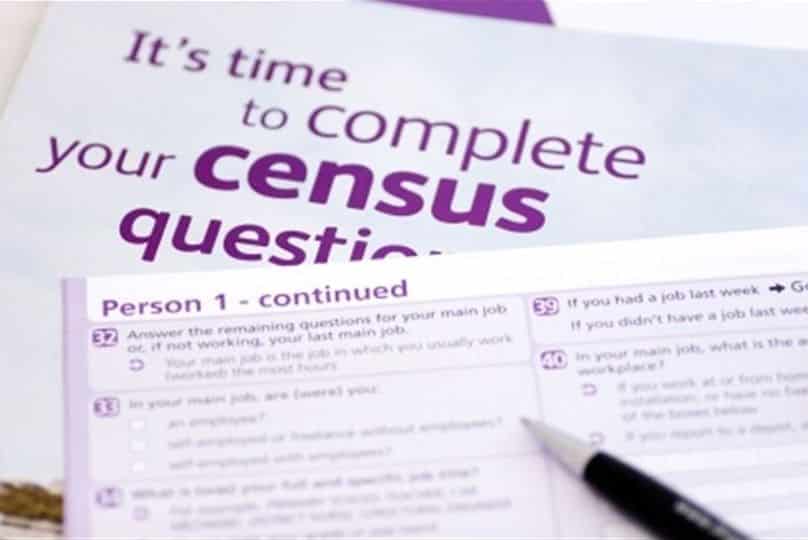
There is nothing neutral about ongoing secular neglect of Australia’s growing religious diversity, a leading Australian sociologist of religion said last week in the wake of the 2016 census.
Monash’ emeritus professor and chair of UNESCO’s Intercultural and Interreligious Relations for Asia Pacific Prof Gary Bouma told The Catholic Weekly that contrary to the claims of atheists, Australia was becoming more diverse in its beliefs, not less religious.
Prof Bouma, also an Anglican priest, predicted that in the 2016 census, Buddhists would for the first time outnumber Presbyterians, and Sikhs would probably outnumber Jews.
He also predicted that the rise of so-called ‘nones’ – of people who list themselves as being of no religion – would continue, but rejected the idea that that equated to a rise in atheism.
Nones were “allergic to organisation” but had not rejected or abandoned the search for spiritual meaning in their rejection mainstream, organised religions.
“Australia isn’t as allergic to the religious as they are to the anti-religious,” Prof Bouma said.
“Atheists were fewer than 100,000 (in the 2011 census) – they had to write it in – and were a few more than Jedi.
“That’s the level of interest in being atheist.
“I wish we had a category of ‘spiritual but not religious’. That’s a very applicable category.
“In the United States, (the Pew Research Forum) has done mapping showing the decline of religion, but in terms of awe, wonder, ethical reflection, wondering about the meaning of life, volunteering – they remain throughout the cohorts.”
The idea of an areligious, ‘neutral’ civic space was not up to the task, he said, when it came to better reflection Australia’s religious diversity in its cultural, political, and economic institutions.
“There is no such thing as neutral; we don’t have a neutral society. We don’t have that in a fit.
“Diversity and harmony are required, and harmony requires some effort.”
While institutions such as the media showed little sign of becoming more reflective of the religious diversity of the populace, there were signs that some practices were changing to meet the needs of a changing people.
Prof Bouma said that, in his view, Federation Square in Melbourne was the most accommodating space to religious diversity, with thousands of Buddhists congregating in the space each years.
“There are Christian events (too). I just think the Christians are shy,” Prof Bouma said.
He also gave the example of the Rod Laver arena being used in 2001 for a public interfaith event in the wake of the September 11 attacks, as an alternative to the traditional Anglican or Catholic cathedrals, with each groups receiving the same time allocation in leading the service.
Popular concern about Muslims taking over large swathes of cities remained spurious, he said, based on census data showing there were no postcodes in Australia with a Muslim population greater than 25 per cent.
Regional cities and towns in Victoria were leading the way in embracing diversity – both ethnic and religious – particularly in Bendigo, where the “wonderful organisation” Believing in Bendigo promoted the celebration of religious diversity and not its privatisation.
In the 2011 census, there was an increase in the number of people not reporting a Christian faith, from 36.1 per cent in 2006 to 38.9 per cent.
